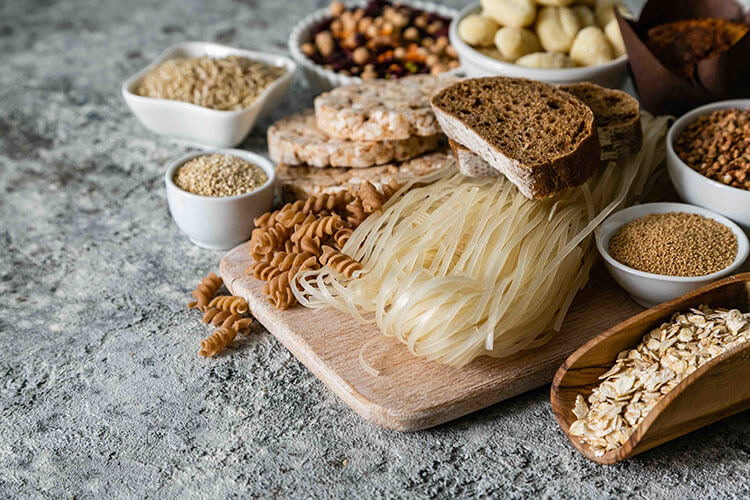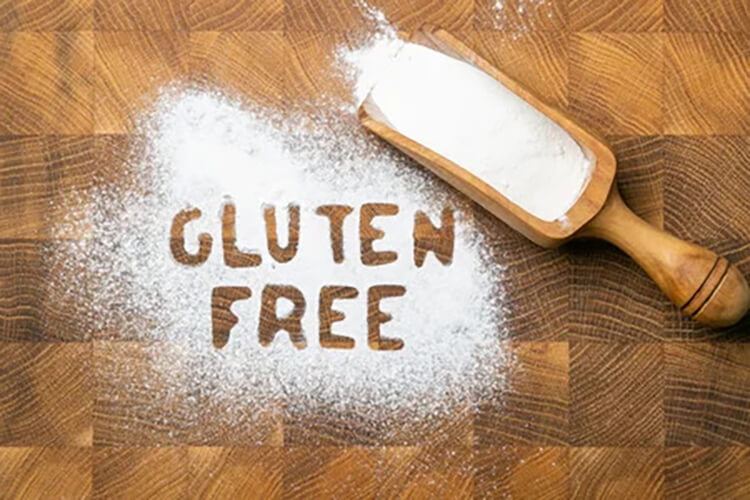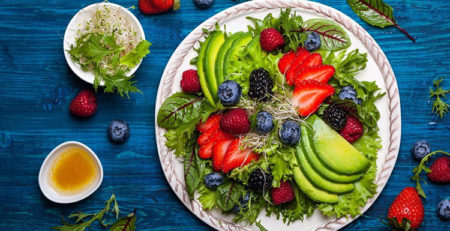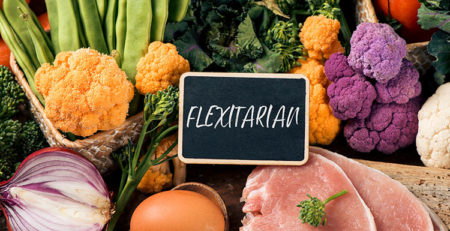Gluten Free: Is It Meant to Be? (Part 2)
I’ll never forget standing in front of the gluten free baked goods section at Whole Foods when it first opened several years ago. I literally started crying in the aisle. That’s what living more than a decade without choices will do. Thankfully, being gluten free is so much better now, but that doesn’t mean it’s easy.
In Part 1 of “Gluten Free: Is it Meant to Be,” I explained in simple terms: what is gluten, the difference between Celiac Disease and NCGS (Non Celiac Gluten Sensitivity), and common dietary sources of gluten. We also touched on some of the evidence pointing to a strong connection between autoimmune illness and gluten sensitivity.
Perhaps Part 1 made you interested in getting tested for gluten sensitivity? Or maybe you’re having gut or autoimmune symptoms, and you’re ready to try the “not even one bite” test to see if you improve without a blood test? If you’re committed to living a gluten free lifestyle, I commend you for your dedication to your health. But let’s face it, it takes determination.
Shopping Gluten Free
If a packaged food contains the statement “gluten free,” you’re on easy street. In order for labels to state this, a product must contain less than 20 parts per million (ppm) of gluten. Most packaged foods have labels which state at the end of the ingredients: “Contains wheat, or soy, etc.” This is the shortcut to bypass the clutter on the label: go straight to the allergen disclosure. Except that sometimes it doesn’t say ”Contains soy, etc.” Manufacturers have a choice whether or not to list allergens. In this case, or if it doesn’t say “gluten free,” then Plan C is to look for recognizable gluten-containing ingredients. Usually it’s wheat, but once in a while, gluten may be in the form of barley, rye, or non-GF oats. If in doubt, research it, contact the manufacturer, or don’t buy it.
Some GF foods, such as GF pretzels, may have corn starch as their primary ingredient. Corn starch is great for baby powder, or even for thickening up a food, but isn’t meant to be eaten in large quantities. Look for whole grain, non-gluten ingredients such as brown rice, millet, or even tapioca. For a non-grain alternative for those sensitive to grains, cassava is a wonderful substitute. Trader Joe’s cassava tortillas are soft and delicious and completely grain free. My newest “love”!
Traveling Gluten Free
Keep gluten free snacks with you, such as freeze-dried sugar snap peas, GF protein bars, nuts, or dried fruit. Airports are beginning to stock a few more GF options, but they can be few and far between. One of my airport go-tos is Starbucks. They have gluten free sous vide egg bites, and the ones with kale and portabella mushrooms will give you that “I just ate vegetables” glow. My family and I recently traveled to Vermont, and I was so excited – and surprised – when they sold GF crepes at the Burlington airport! Of course, my son (who is also gluten free) and I just had to order them. On the receipt, I happened to notice written in red print, ”gluten allergy” for the savory crepe. But underneath the apple one, it didn’t have the same warning. I questioned them, and they remade it. ALWAYS ASK BEFORE EATING! Busy cooks and servers make innocent mistakes.


Dining Out Gluten Free
This is where it gets tricky and often socially awkward. What a buzz killer to have to ask for the manager or chef and question them about ingredients when you’re out with friends or on a date. To avoid this dilemma, try calling the restaurant ahead of time to speak to a manager or chef. You could even step away from the table and ask for a manager and explain your situation – “I’m allergic to gluten” or “I have celiac disease” – to make sure they understand. When the item is served to you, always ask: “Is this gluten free?” yet another time.
Some restaurants, especially chain restaurants mark items as GF with a symbol on the menu. Some have designated gluten free menus. Gotta love those restaurants! Bless them for making our lives so much easier. If you dine out, there is a possibility of incidental gluten exposure, especially from contact contamination (sharing a fryer, etc.). I suggest you take some kind of enzyme to help with digesting these small amounts of gluten. It can protect your gut lining from the assault when gluten hits. You can buy various brands off the shelf. I like the Apex brand called Glutenflam.
Going gluten free is a challenge and a big lifestyle adjustment, but the payoff is there. Many people get a new lease on life from going GF. If you truly have NCGS, celiac disease, or any kind of autoimmune issues, stick with it. Remember, one crumb is enough to make some people sick, and one bite is thousands of crumbs. So… unless you have zero bites of gluten for several months, you’re not truly gluten free. Which for many of us Meant to Be.
Are you struggling with food allergies, including gluten sensitivity? If you’re interested in joining a virtual support group for people having to “do without,” contact me to sign up. Groups forming now.
Sheri Weitz, RDN, CDE is a Registered Dietitian with a private practice in Los Angeles. If you would like to get tested for gluten sensitivity or find out more about how nutrition and food sensitivities/allergies can affect your health, contact Sheri for a free consultation: MovetoWellness7@gmail.com, or visit www.MovetoWellness.net.













Leave a Reply